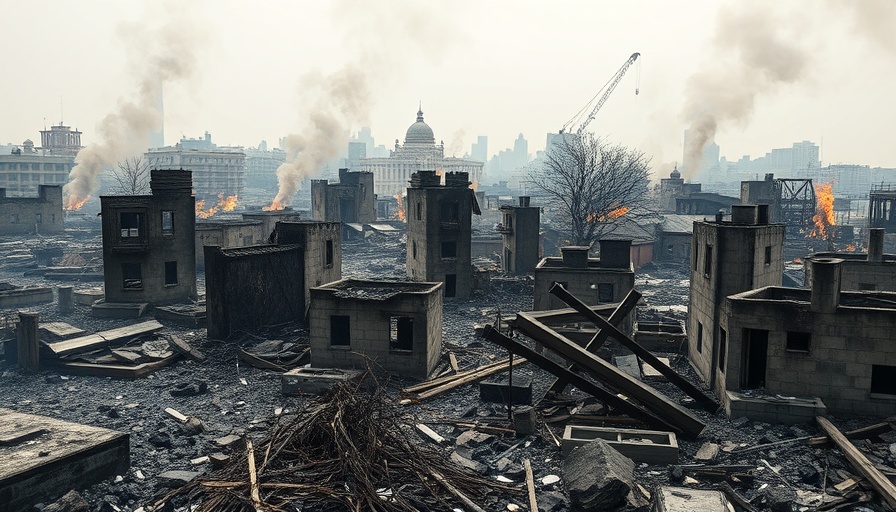
The Rising Costs of Rebuilding After California Wildfires
The recent wildfires in Los Angeles have left a trail of destruction, damaging over 12,000 structures, primarily single-family homes. As victims seek to rebuild their lives, they are confronted with daunting challenges — rising lumber prices and the impending threat of tariffs. After enjoying a temporary decrease in material costs post-pandemic, the construction industry now stands on the brink of a second wave of inflation, reminiscent of the economic upheaval experienced during COVID-19.
Tariffs Threaten to Skyrocket Lumber Prices
The incoming Trump administration's proposed tariffs on foreign lumber, particularly from Canada, could result in a significant ripple effect through the construction industry. With lumber accounting for approximately 15% of the overall costs to build homes, these tariffs threaten to make already expensive rebuilding efforts even more costly. Builders, already struggling with supply shortages and rising input costs, could face insurmountable challenges as demand for materials surges.
Labor Shortages and Market Instability
The repercussions of recent market trends leave the lumber industry ill-equipped to handle the anticipated demand. Several sawmills across Oregon and Washington have shut down due to a shortage of skilled labor, increased energy costs, and fluctuating material prices. This situation is exacerbated by the plethora of homeowners who took advantage of lower prices amid the pandemic. The sudden reversal in demand places immense pressure on the supply chain and heightens prices further.
Rebuilding Timeline and Community Impact
With around 10,000 homes potentially needing to be rebuilt in the Los Angeles area alone, this demand far exceeds the annual housing construction rate in L.A. While insurance claims and permit processes will determine how quickly reconstruction can proceed, it’s evident that community leaders must act swiftly. Streamlined permitting and environmental reviews stand critical to expedite the rebuilding processes, but the mounting pressure on supply and market stability paints a dire picture.
Addressing the Housing Crisis
California was already battling a housing shortage before the wildfires, and the aftermath of the fires amplifies this crisis. The loss of homes doesn’t just affect individual families; it reshapes the very fabric of the South Bay community. Local businesses will feel the impacts, and consumers will be drawn into a cycle of higher prices. Understanding these hardships can forge connections between small businesses and the community, fostering a spirit of collaboration and resilience.
Conclusion: A Call for Community Action
The need to rebuild following these fires is not merely an economic concern; it represents the spirit of resilience that characterizes the South Bay region. As individuals and businesses navigate these challenges, there lies an opportunity for local entities to come together — fostering partnerships, sharing resources, and supporting each other through this trying time.
 Add Row
Add Row  Add
Add 




Write A Comment